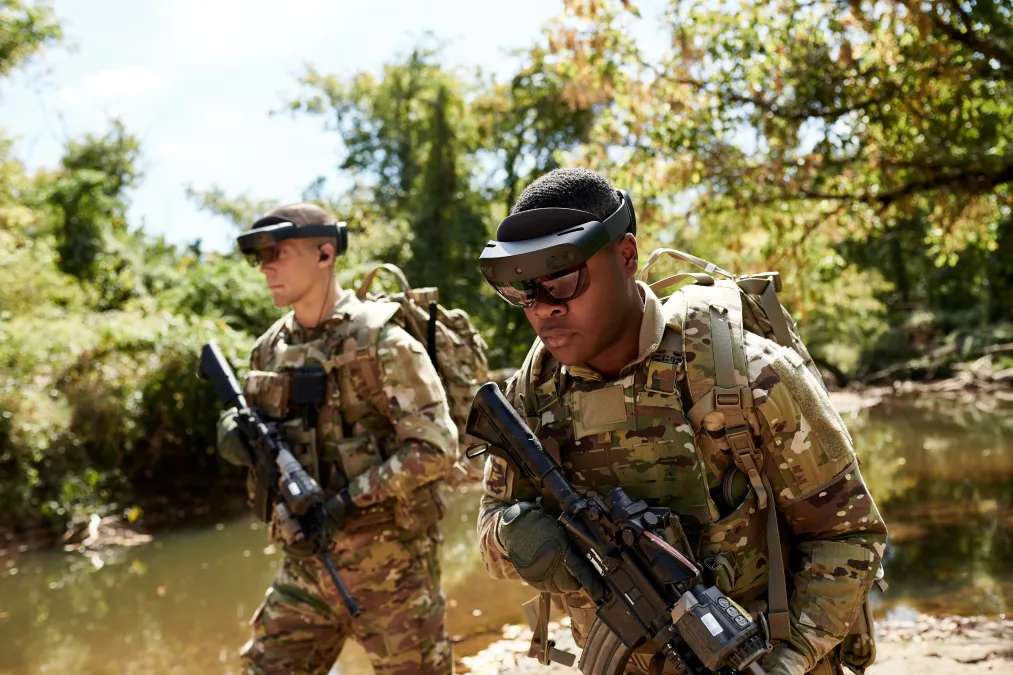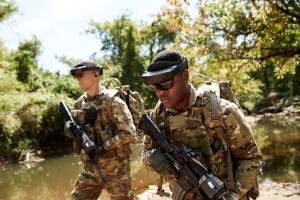DOD wants virtual reality tech that will work in low bandwidth environments

The Department of Defense’s chief technology officer wants to find virtual reality and augmented reality tech that will also work in low bandwidth environments to enable “distributed operations.”
Heidi Shyu said Tuesday that the DOD should look to the gaming industry, which is developing some of the most advanced AR/VR tech, for potential solutions. Headsets used by the DOD are currently missing the critical capability to work in hostile, low-bandwidth environments, where the military often operates.
According to Shyu, devices from commercial industry could help the military to realize new means of conducting training and operations. The technology leader, who is also the undersecretary for research and engineering, was speaking at the Fed Supernova conference.
Streaming videos is a network-intensive activity that can require low-latency networks to handle tens of megabits per second, even gigabits of data per-second. Shyu did not offer a specific range that would allow the DOD to integrate such headsets into operations, but said the department should follow the gaming industry’s innovations.
“AR/VR and live training … is really maturing by the gaming industry,” she said. “I want to be able to leverage the commercial tech that is out there.”
Shyu’s comments came with a list of the Biden administrations research and development priorities. Other areas of interest included network communication tech, artificial intelligence and hypersonic missiles, among others.
The Army has been pursuing the multi-billion dollar headset program, Integrated Visual Augmentation System (IVAS) with Microsoft for years. Officials have described it as a successful example of working with industry.





